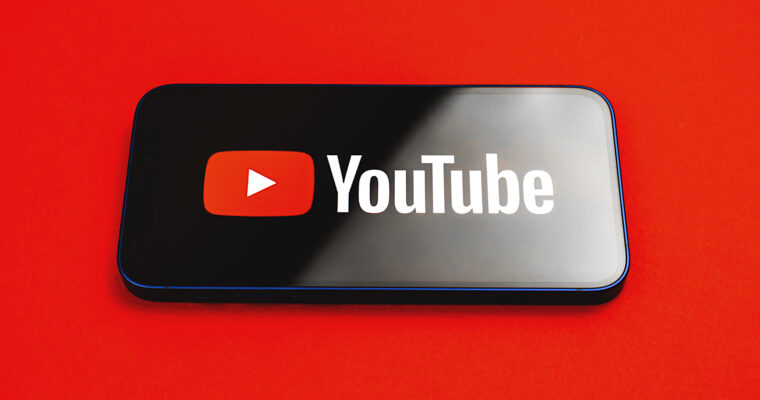
How YouTube Recommends Videos
YouTube’s VP of Engineering explains the factors go into recommending videos on users’ home pages.
YouTube offers its most detailed explanation yet regarding its recommendation engine and how it chooses which videos to display on your home page.
In an effort to demystify YouTube recommendations, the company’s VP of Engineering published a blog post and a video Q&A addressing the most common questions from viewers and creators.
Going into this — the most important thing to keep in mind is YouTube’s recommendation system is designed to help each viewer find the videos that will leave them satisfied.
YouTube says the only way it can accomplish this is through personalization, so you will find the importance of many factors depend on the individual logged-in user.
Knowing that, here’s a summary of all the key information the VP shared.
YouTube Recommendation Factors
What Matters More – Watchtime or Retention?
YouTube creators often ask what the recommendation engine values more between viewer retention and overall watchtime.
Put another way — is 50% of a 5 minute video better or worse than 3 minutes of a 10 minute video?
In this case, 3 minutes is an overall longer watch time, but it’s only 30% of a 10 minute video which is weaker retention compared to 50%.
YouTube’s data indicates that people tend to be more satisfied when they watch a greater percentage of the video. But that doesn’t necessarily mean retention is valued higher than watchtime.
It’s impossible to say which factor matters more because it varies by user and by video.
Certain types of videos are known to have low retention rates, but viewers could still leave satisfied if they got what they wanted to see.
Recommendations are personalized for each user, which means watchtime is not treated equally across the board.
For one viewer, 5 minutes of watchtime could be a lot if they typically watch a video for 2-3 minutes. For another viewer, 5 minutes could be seen as low if they typically watch a video for 10 minutes or longer.
There’s no dominant factor between watchtime and retention. It depends on the video and who’s watching it.
How Long to Get Recommended?
At one point or another YouTube creators may find themselves asking how long it takes for videos to get picked up by the recommendation engine.
It sometimes happens that videos do not gain visibility on the home page until months after they’re published.
That’s not by design, however, as videos should begin to get recommended immediately.
YouTube can’t always do that if it doesn’t have enough data to understand who a video should be recommended to. This is typically the case for newer channels that YouTube doesn’t know much about.
That’s why older videos get surfaced on the homepage alongside newer videos from established channels. There’s more data available to match the content to a relevant audience.
Why Aren’t Small Channels Recommended More Often?
Both viewers and creators complain about YouTube not recommending small channels often enough.
Again, that goes back to the last point about YouTube having limited data to determine who the right audience is for the videos.
Personal Insight:
Adding some personal insight here as an avid YouTube viewer and someone who studies the algorithm.
I’ve found I can get more small channels to appear on my homepage if I simply engage with them as much as possible.
That means liking the video, leaving a comment, turning on notifications, browsing through the channel page, and so on.
For new/smaller channels, this may sound cliche, but you have to ask for that engagement.
There’s a reason why successful YouTubers repeat the line: “like, subscribe, and hit the notification bell!” YouTube depends on those signals to recommend videos.
It’s interesting that TikTok is able to find a relevant audience for new videos with limited-to-no engagement, but a more established website like YouTube claims to not have enough data.
Do Subscriptions Influence Recommendations?
There’s a theory among YouTube creators that an ideal views-to-subscribers ratio must be maintained in order to appease the recommendation engine.
There’s no truth to that theory because the influence of subscriptions varies by user.
If a user subscribes to a channel but rarely watches its videos, then YouTube is not going to recommend the channel’s content to that user.
It doesn’t matter how high a channel’s views-to-subscribers ratio is. The likelihood of its content getting recommended depends on how users respond to it when they see it on their home page.
More Resources
For more information about how YouTube recommendations work, see the following resources:
- YouTube Reveals New Details About its Algorithm
- How YouTube Generates & Ranks Suggested Videos
- 20 Confirmed Facts About YouTube’s Algorithm
Sources: YouTube Official Blog, Creator Insider
